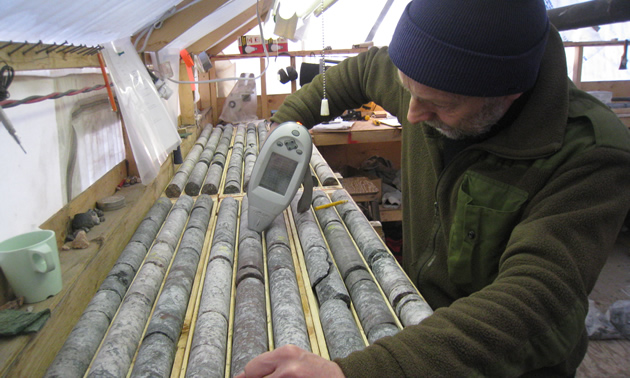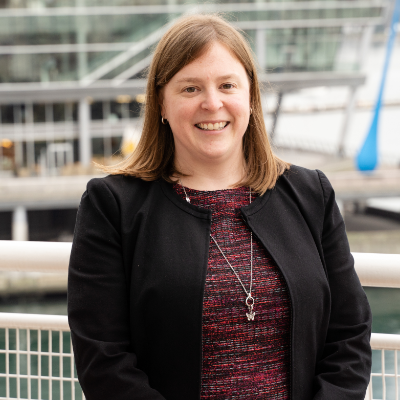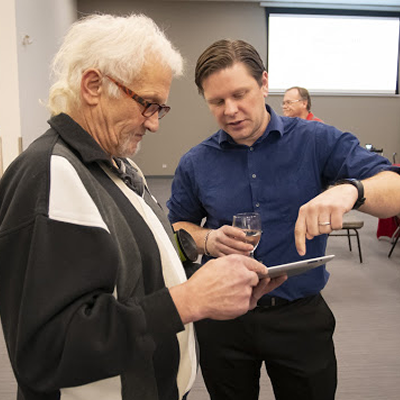Rare earth metals critical to Canadian economy
Avalon Rare Metals' flagship property in the Northwest Territories could be the largest new source of heavy rare earths.
According to reports by the Canadian government, the multibillion-dollar industry of extracting rare earth metals is now critical to the country's economy. Rare earth metals are increasingly in demand, as they are needed to make cell phones, wind turbines, rechargeable batteries, medical devices and applications, electric and hybrid vehicles, energy efficient lighting and more.
Avalon Rare Metals Inc. is a Canadian mineral development company with a primary focus on rare metals and minerals. The company's flagship property in the Northwest Territories is now the most advanced potential large new source of heavy rare earths in the world outside of China.
Today, China produces most of the rare earth elements on the world market. New sources are being developed in Canada, the U.S. and Australia. In aggregate, demand and supply will be balanced; however, light rare earth elements are expected to be in surplus, while heavy rare earth elements will be in deficit.
Donald Bubar, M.Sc., P. Geo, is the president and CEO of Avalon Rare Metals. Bubar is a geologist with over 30 years' experience in mineral exploration in Canada. He is also a past director of the Prospectors and Developers Association of Canada (PDAC) and was instrumental in the creation of its Aboriginal Affairs Committee in December of 2004. He continues to sit on the committee, which advocates for greater co-operation between exploration companies and aboriginal communities.
According to Bubar, Avalon's Nechalacho Rare Earth Elements Project, located at Thor Lake, Northwest Territories, is Avalon's 100 per cent owned flagship project and is recognized internationally for its exceptional wealth of heavy rare earth elements.
The history of Avalon and rare earth metals
But this isn't Avalon's first project. The company started up in 1995.
"The company was originally a dormant shell company with a Vancouver stock exchange listing," Bubar said. "I came on as an entrepreneurial geologist looking for an opportunity to enter the business. With the gold properties we had rights to at the time, we had started to create value in a small cap resource company. But at the time, the Bre-X scandal had a devastating effect on juniors in regards to raising capital which was coupled with the collapse in the price of gold. Everyone was struggling with ways to attract equity financing."
In 1996, Avalon acquired one rare metals prospect called Separation Rapids, located near Kenora, Ontario. At the time, Bubar said, it was just a curiosity—since he didn't know much about rare metals. But after interest in gold evaporated, Separation Rapids proved to be an Avalon asset that could attract investor interest.
"It was at this point in time when you started to see technology make more use of rare metals," said Bubar. "The lithium battery was just starting to be the rechargeable battery of choice in electronics. In the case of tantalum, the tantalum capacitor was the key to the miniaturization of mobile phones. It was at that time, with Separation Rapids, investors started to realize these formerly obscure commodities were starting to see new demand and there would be a need for new sources of supply."
This led Avalon to re-orient the company to focus on rare metals and minerals. Fast forward to 2003-2004, where rare earth metals and minerals would be increasingly in demand for new technology, with China dominating the supply side. It was at this point that Avalon identified Nechalacho as an "unloved orphan" rare metals asset.
It had been previously explored in the 1980s for tantalum and beryllium by Glen Thomas's Highwood Resources. Thomas lost control of it and the property sat dormant for a few years. Avalon picked it up in 2005 for relatively little money and recognized it as a pretty significant rare metals resource. It's rare earth potential had been overlooked in the 1980s because the demand for rare earths was not what it is now.
Developing the Nechalacho property
Avalon recently completed a feasibility study for the Nechalacho property. Since acquiring Nechalacho in 2005, Avalon has raised over $100 million in equity financing and invested about $90 million in the project. An environmental assessment report was also approved by the federal government on November 4, 2013.
"Right now we are in the stage of doing some optimization work on the model we developed for the feasibility study and trying to enhance it," said Bubar. "We are also trying to attract capital and hope to start construction in 2014. Rare earth production, like industrial minerals, is challenging to get started, as you have to go out and find consumers that are willing to commit to enter into off-take agreements so you can demonstrate to banks and financiers that there's actually going to be buyers for it at the end of the day. It's a pretty big additional challenge for getting a project like this off the ground compared to more traditional base metals and precious metals, where you know there's a market for the product."
The Nechalacho property has the potential to reduce dependence on Chinese producers.
"China still controls most of the production of rare earths," said Bubar. "End users around the world outside of China continue to be concerned about the security of supply of these critical raw materials in the long term. They would like to see new supply sources emerge outside of China. This is starting to happen now."
Meanwhile, Avalon continues to search for investors.
"The biggest challenge for us in 2014 is to get off-take commitments to access project financing," he said. "This is a big project, as our estimated capital requirements from the feasibility study total over $1.5 billion. That's a big number for a small cap company. We know, however, we've got a product people really need. We've demonstrated we've got a positive business case for developing this particular deposit. It's just a matter of time before we find committed strategic partners to work with us to build it. I believe this will happen in 2014."







